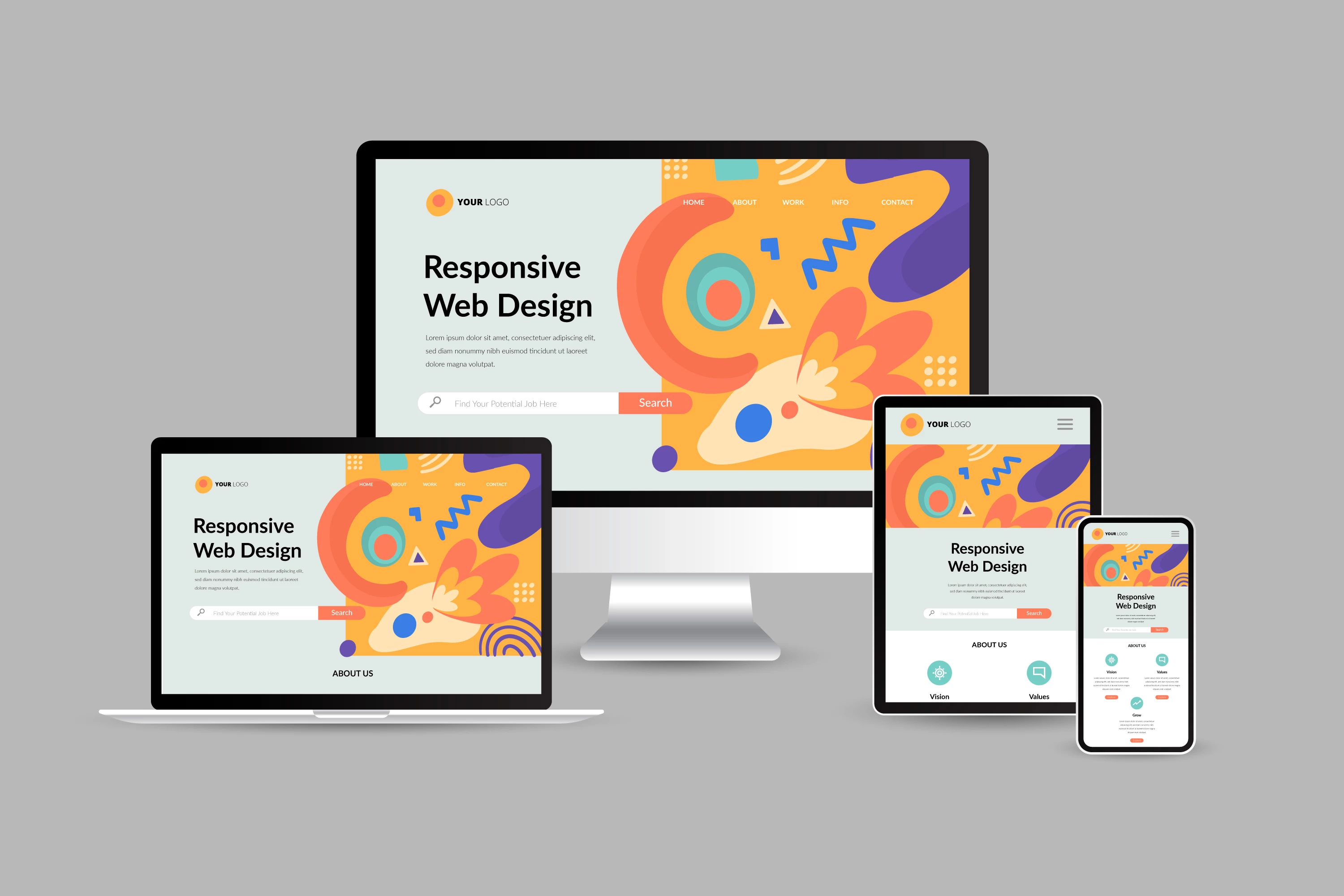Top Tips for Creating an Impactful Internet Site Design That Converts
In today's electronic landscape, the significance of an impactful website layout can not be overemphasized, specifically when it involves converting visitors into consumers. To attain this, one should take into consideration a range of factors, including understanding the target market, focusing on individual experience, and enhancing for mobile platforms. Moreover, the calculated use compelling call-to-actions and a well-defined visual pecking order plays a crucial role in directing individuals with their trip. As we discover these necessary components, it ends up being obvious that the success of your internet site pivots on greater than simply aesthetic appeal; it needs a thoughtful approach to layout and capability.

Understand Your Target Market
Comprehending your target market is essential to effective website layout, as it lays the foundation for developing an interesting user experience. Recognizing who your users are, including their demographics, preferences, and actions, enables developers to customize the website's material, design, and functionality to fulfill certain needs.
Conducting complete marketing research is essential in this procedure. Surveys, interviews, and analytics can offer useful insights right into customer expectations and discomfort points. By compiling this data, designers can create individual characters that represent different sections of the audience, guaranteeing that style decisions are notified and pertinent.
Additionally, recognizing the target market assists in picking proper style components such as color pattern, typography, and images that reverberate with users. A web site that speaks directly to its target market cultivates a sense of connection and trust, motivating longer check outs and higher conversion rates.
Ultimately, a user-centered strategy to internet site layout not just improves customer complete satisfaction yet additionally supports company objectives by driving engagement and loyalty. By prioritizing the needs and preferences of the target market, a web site can properly offer its function and accomplish wanted end results.
Prioritize User Experience
To improve the overall effectiveness of a site, focusing on customer experience (UX) is necessary (Website Design). A well-designed UX guarantees that site visitors can navigate the site effortlessly, discover information rapidly, and engage with material meaningfully. This brings about raised user contentment and higher conversion rates
Begin by carrying out instinctive navigating. Menus should be realistically structured, allowing individuals to find essential locations of the site with marginal initiative. Consistency in layout components, such as color design and font styles, promotes experience, which is vital for maintaining customer interaction.
In addition, take into consideration the loading speed of your internet site. A delay of simply a couple of seconds can bring about considerable drop-offs, as individuals are much less likely to wait on a slow-loading page. Streamlining pictures and enhancing code can improve performance and keep visitors.
By prioritizing customer experience, you not only create an extra satisfying setting for site visitors but likewise reinforce your brand's reputation. Inevitably, a focus on UX is a financial investment in the long-term success of your web site.
Maximize for Mobile Instruments
Enhancing for mobile phones is vital in today's electronic landscape, where a raising variety of customers access internet sites through mobile phones and tablets. A mobile-friendly style not just enhances user experience however likewise plays a considerable function in improving online search engine rankings. To achieve this, it is vital to embrace a responsive layout that instantly adjusts to different display dimensions and alignments.

Packing rate is an additional crucial aspect; mobile individuals are normally much less client and anticipate fast access to info. By prioritizing mobile optimization, you make sure that your internet site continues to be competitive and properly involves a broader target market.
Usage Engaging Call-to-Actions
A site's efficiency often pivots on its ability to guide visitors toward wanted actions, making engaging call-to-actions (CTAs) necessary components of layout. CTAs work as the essential points that direct users to involve with the site, whether that means buying, signing up for a newsletter, or downloading a source.
To produce effective CTAs, quality is extremely important. Use concise language that plainly interacts the action you want the user to take. Phrases such as "Begin," "Join Free," or "Shop Now" not just convey urgency but also get rid of obscurity. The placement of CTAs is just as important; they should be purposefully placed throughout the website to guarantee they are quickly noticeable, specifically in high-traffic locations.
Additionally, think about making use of discover this directional cues, such as arrows or images, to lead users toward these switches. By concentrating on these aspects, services can substantially enhance individual interaction, driving conversions and inevitably attaining their site's objectives.
Concentrate On Visual Power Structure
Efficient internet site design depends greatly on a well-structured visual pecking order that guides individuals through web content flawlessly. By arranging elements in a fashion that focuses on information, developers can boost customer experience and help with decision-making. This entails using size, shade, contrast, and spacing purposefully to attract attention basics to one of the most crucial parts of a website.
The usage of bigger typefaces for headings and subheadings develops a clear distinction between different areas, allowing customers to check material easily. Additionally, utilizing different shades for switches and calls-to-action can capture user focus and motivate interaction. Whitespace is another vital component; it stops mess and allows users to concentrate on vital messages without diversions.
Images and graphics should match the text while additionally sticking to the well established power structure, reinforcing the overall message (Website Design). Consistency in style elements, such as color pattern and typography, more enhances the aesthetic pecking order, making navigation intuitive

Conclusion
In final thought, efficient website style demands a thorough understanding of the target audience, prioritization of user experience, and mobile optimization. Eventually, a well-executed web site style serves as an essential component in driving customer actions and achieving company objectives.